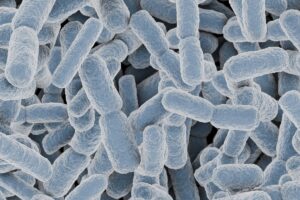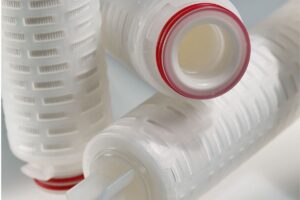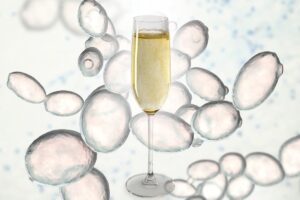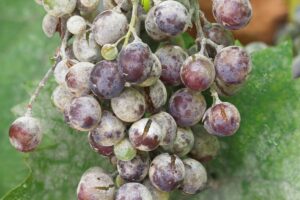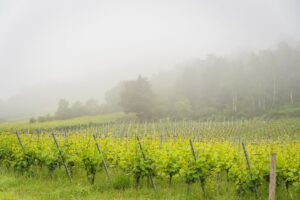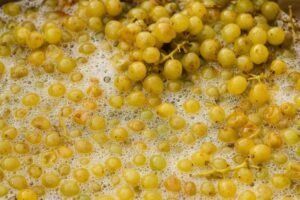Yeast for the Modern Sparkling Wine (SafŒno™ SPK 05)
The availability of yeasts specifically selected for sparkling wine production, as opposed to those for still white wines, is relatively small. These yeast strains are known for their strong fermentation abilities but tend to produce lower concentrations of aromatic compounds. However, today’s consumers are increasingly demanding sparkling wines that offer greater freshness and fruitier profiles compared to previous decades.

A Lengthy Process
Sparkling wine production involves a second fermentation process, known as “prise de mousse” (PDM), or refermentation, which creates effervescence. To achieve this, a yeast starter culture (YSC) is prepared, containing a high concentration of yeast cells capable of fermenting all the added sugars in the base wine, converting them into alcohol and carbon dioxide. The quality of the YSC is critical for the success of this process, which can be done either in a bottle (using the traditional method) or in a closed tank (following the Charmat or Martinotti method).
Many producers have expressed frustration with the traditional YSC preparation process, citing its length and the need for constant monitoring, even on days off.
Fermentis to the Rescue
Fermentis, ATPGroup’s partner in yeast, has developed a strain of Saccharomyces cerevisiae yeast, SafOeno™ SPK 05, designed to meet modern consumer preferences for sparkling wines with fresh, fruity profiles. Research has also shown that the YSC preparation time for this strain can be reduced significantly, from several days to just 30-36 hours, without compromising the success of the PDM. This shorter preparation time offers producers greater flexibility in their work schedules, increases the availability of multiplication tanks by 50%, and reduces energy costs in the cellar.
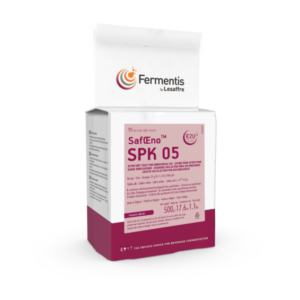

The development of SafOeno™ SPK 05 was made possible through collaborations with several producers in the Champagne region of France, who conducted large-scale trials. Pilot tests are currently underway with other producers to validate the sensory quality of sparkling wines produced with this new protocol, and these wines will continue to be evaluated over the coming years.
Read about the materials, methods, and results of this study here:
For more information on SafOeno™ SPK 05 or any Fermentis yeast product, please contact your ATPGroup Enology Products Specialist or call (707) 836-6840.
